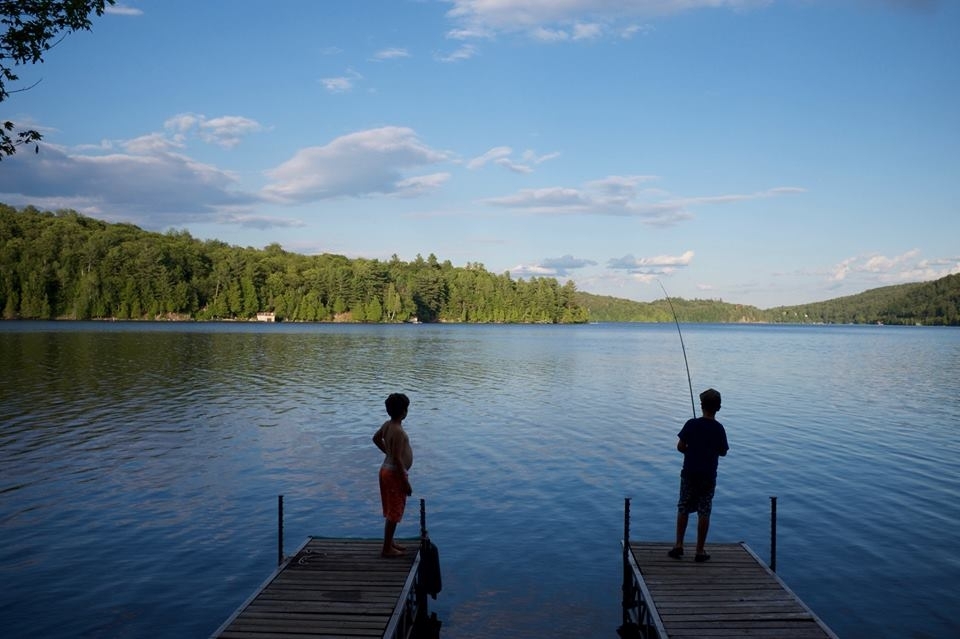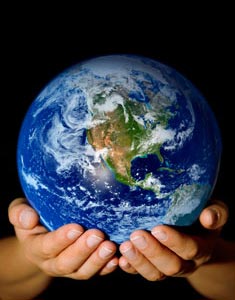
My writings - and those of others.
A Lake as a Person
The morning news in Toronto’s Globe and Mail and in the US has articles that resonate. In Canada a chief of staff has resigned over a spat involving the Prime Minister’s office, a federal minister and a multinational corporation whose employees have been accused of bribery in a foreign country. In the Guardian’s US edition there is a report that the city of Toledo will vote on a legal bill declaring that Lake Erie have the same rights as a corporation or a person. The citizens of the city wish to become legal guardians with the ability to sue those who poison its water and make it unsuitable for bathing or drinking.
Both stories - and another in the Globe which criticizes the government for failing to consult with first nations people on environmental remediation - show dawning realization that how we treat the natural world has consequences. Indigenous people had a better relationship with their land. When populism, distrust of government and endless tweeting by people who should know better predominate in front page news, there are moments of hope as citizens try to take responsibility for what we do to the planet.
We're New Here
Reading the news this morning gives a perspective that we humans still have a lot to learn about our behaviour. Whether it is government officials who have elements in their past that have come to light or whether the world’s richest man can be blackmailed, human stories are gripping the morning in print and online. News about the state of climate change takes a back seat.
For all that, we are rather recent arrivals as this graphic shows. Individual stories pale beside the changes that we are making to the planet.
A New Story
On a November morning, the sunrise can be spectacular, arousing a sense of awe. It’s rare to take in the beauty of the natural world and the environment designed and built by humans from the same vantage point. City dwellers may still enjoy seeing natural beauty during the day, but the bright lights have masked the visible stars of the night sky. Those living in less populated areas may still have that advantage.
A recent exhibit, Anthropocene, on display at both the National Gallery of Canada and the Art Gallery of Ontario, highlights what we humans have done to plunder and devastate our natural environment. This show is not the first to focus on this tragedy. More than thirty years ago, a Roman Catholic priest and cultural historian, Thomas Berry, expressed a need for a new story expanding on the one we find in the first chapter of the Book of Genesis. He reminds us that earlier theologians like Augustine and Thomas Aquinas placed equal importance on learning from the Book of Nature. What scientists now know about cosmology – the origin and nature of the universe - is astounding.
Berry inspired colleagues to present this story in an award-winning film called Journey of the Universe. Since its release in 2014, the film and accompanying book have caused responses from a variety of Christian communities supporting Berry’s argument of the need for reassessment. This challenge is both complicated and contentious. When Copernicus discovered that we were not the centre of the universe, his news was not well received. Nor were Darwin’s findings. Science has discovered that our milky way is only one among billions of galaxies. The writers of the early books of the Bible had a lesser sense of history and it was limited to a very small part of planet earth.
Journey and the first Genesis story share common elements. Both start in darkness. Light emerges, then water, then earth, then plants, then birds and animals and finally human beings. In the Genesis story, creation is complete and humans become the focus of history. In Journey, creation evolves in stages through billions of years and continues to do so.
At the recent consecration of our new bishop in the Diocese of Toronto, we acknowledged that we are settlers. What we celebrate less is indigenous peoples’ reverence for the earth - they see themselves as subjects alongside animals, vegetation and stars. In contrast, we live in a world where anything other than ourselves is viewed as an object for our use and exploitation. The last 65 billion years of the Cenozoic geological period were the earth’s most creative and flourishing. But in the last four hundred years we’ve managed to reverse the process of creative evolution - eliminating forests and species, polluting rivers and oceans, and robbing the earth of its resources. And even as we put humans at the centre, we are selective about which humans, preferring those nearest and dearest and most like ourselves.
Putting humans at the centre has a history and takes us back through 19th and 20th century industrialism and the earlier writings of Newton and Descartes, who proclaimed that everything that was not human was merely matter. But we can also go further back to the two biblical creation stories, noting that the redemption story, where the world is dangerous and tempting, has prevailed over the creation account. Within this context, we have taken the directive to have dominion over the earth and turned it into domination.
People of faith now have an opportunity to learn. Thomas Berry proposed more than 15 years ago that Christian and other religious communities can join with modern science communities to become part of a new Ecozoic era, where we return to intimacy with the earth and our place in the universe. When the earth itself becomes sacred to us, we recover both a sense of our miniscule presence as individuals – and at the same time, our sacred responsibility for it, owing to our gift of human consciousness. It means rethinking the frameworks of theology and its implications - for liturgies, formation, stewardship, laws, governance, and for the challenges of our time – climate change, technology and the threat of annihilation by nuclear war. Meanwhile we have obsessed about gender and sexuality – not expressing with gratitude the wonder of the cosmos and our proper place in it.
The first step is awareness. Go to see Anthropocene. Watch Journey of the Universe on YouTube. Visit the associated websites: www.journeyoftheuniverse.org and
www.theanthropocene.org. . You will experience the universe and our small planet in new ways. These are first steps that may lead to increased understanding and commitment.
Continuous Learning
The 2018 Parliament of World Religions was a life changing experience - even for someone who was simply serving as a volunteer on the extensive exhibit floor. This presentation was one of them:
I have been exploring people and organizations within my own community. My own parish encouraged our children to help raise funds for clean water in first nations communities. While the difficulties in providing good systems for small and remote communities are substantial, the reality is still shameful.
In the process of exploration, I have asked for help and received good advice and contacts. One resulted in an invitation to a recent book launch. Now I have another one and at the bottom of it is a notice about a WaterDocs Festival. Its founder was someone I knew well 30 years ago when I was an arts administrator - but I never knew her with this connection.
There are so many awful uses of technology - but the good ones redeem them.
Roots and Wings
I’ve come upon Margaret Silf’s book, Roots and Wings, a series of short meditations which explores life from the Big Bang to the present. She sees the possibilities of an evolution from a world of fear and survival to one where love and discerning choice is our guide. No pie in-the-sky idealist, she is not convinced that a better would will automatically evolve unless we individually play our part in making it happen.
She notes some positives that we should be grateful for:
There is more awareness that we are a global family, and that decisions we make here and now have an impact on everyone else on the planet
More people are protesting that military force is not the answer
More people are seeking a spiritual dimension to their lives, including many who would not describe themselves as religious
More people care about the environment
More people seek balance in their lives
More people are seeking peace and justice in specific contexts
But lest we be euphoric, she also reminds us:
There is a breakdown in trust – in companies, in institutions, in professions that leaves people isolated, fearful and defensive
Our lives are shaped by the consumer markets of multinational corporations who think they control what is good for us – and that often merely means profitable for them
Despair drives too many to addictive behaviour and compulsions
Fear makes us very willing to sacrifice our personal freedom and restrict that of others
There are dark forces of anger and frustration that are unleashed in destructive and negative ways
I read this book long before I developed my current interest in writer Thomas Berry and they are unlikely to have ever met. But her Jesuit roots intersect well with his Passionist ones in love of and concern for the environment.









